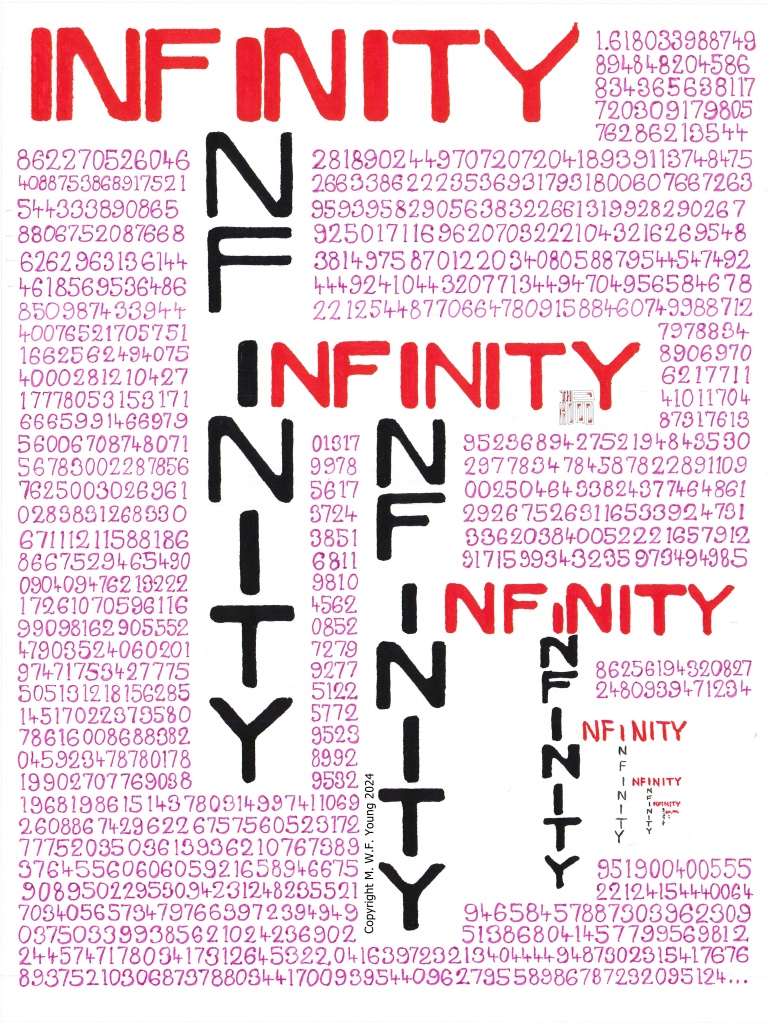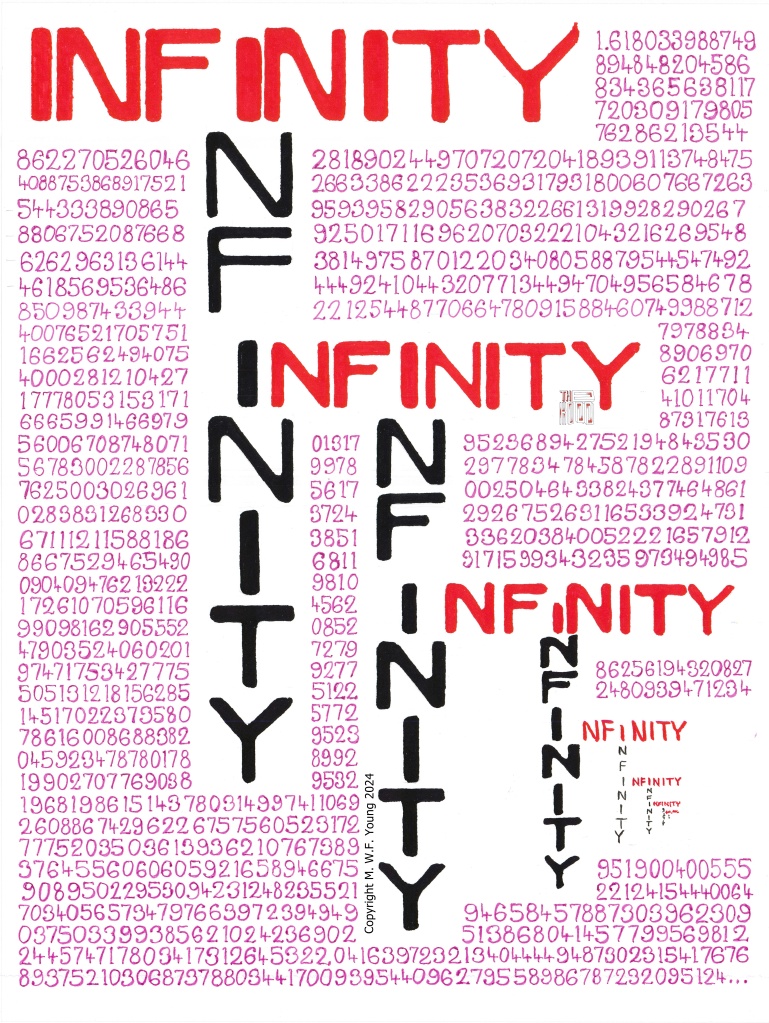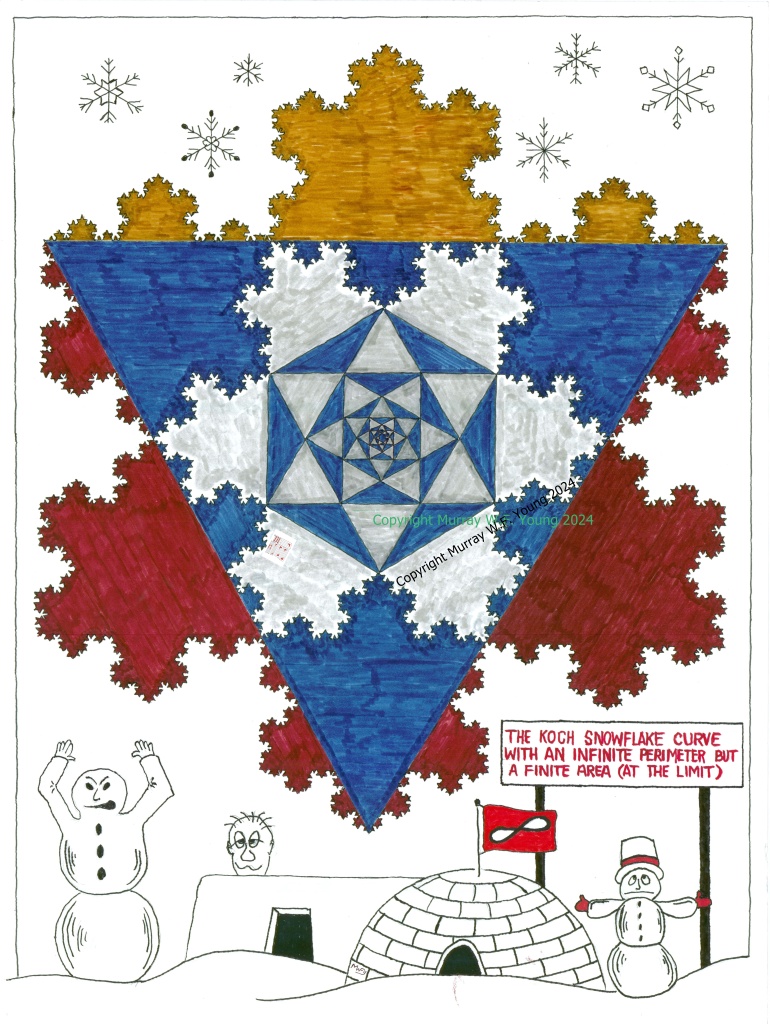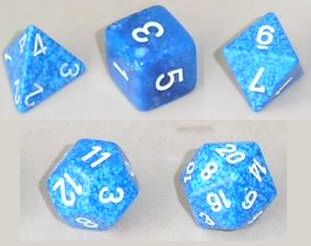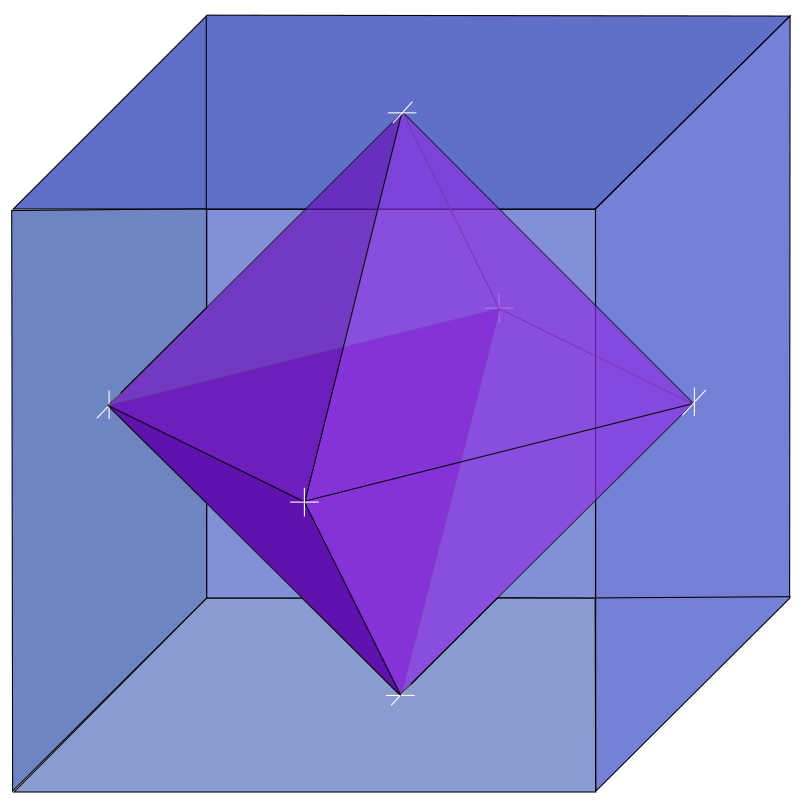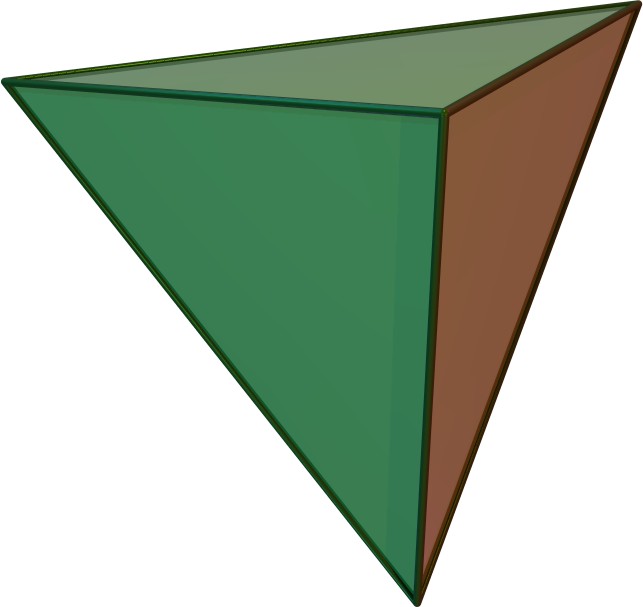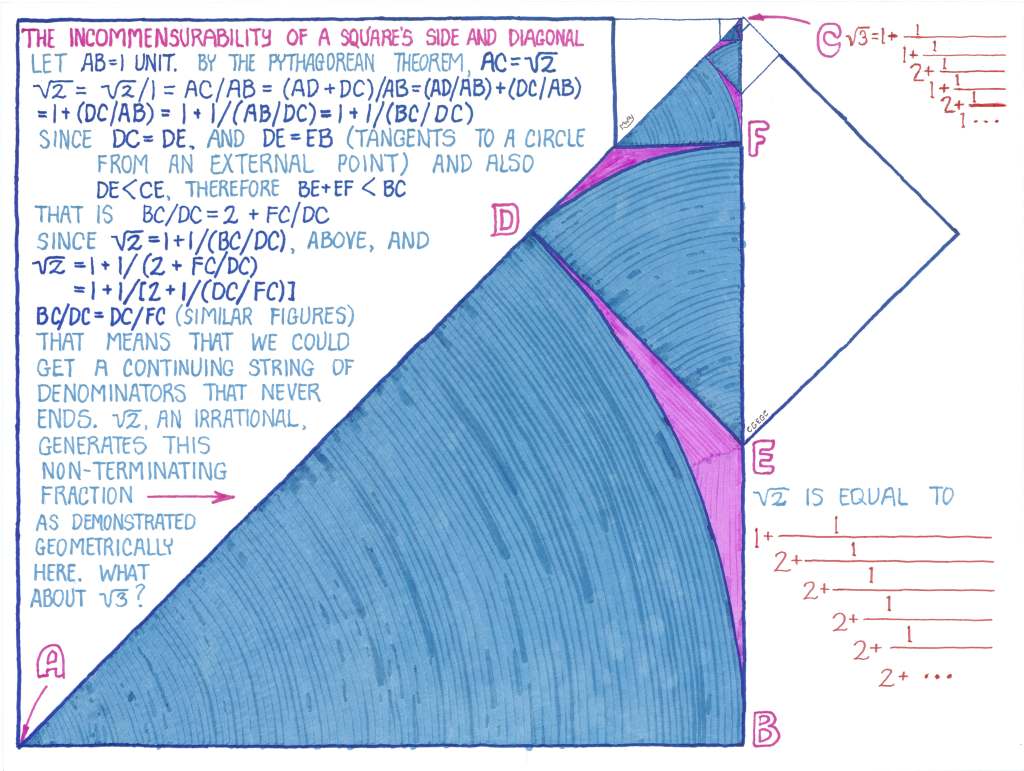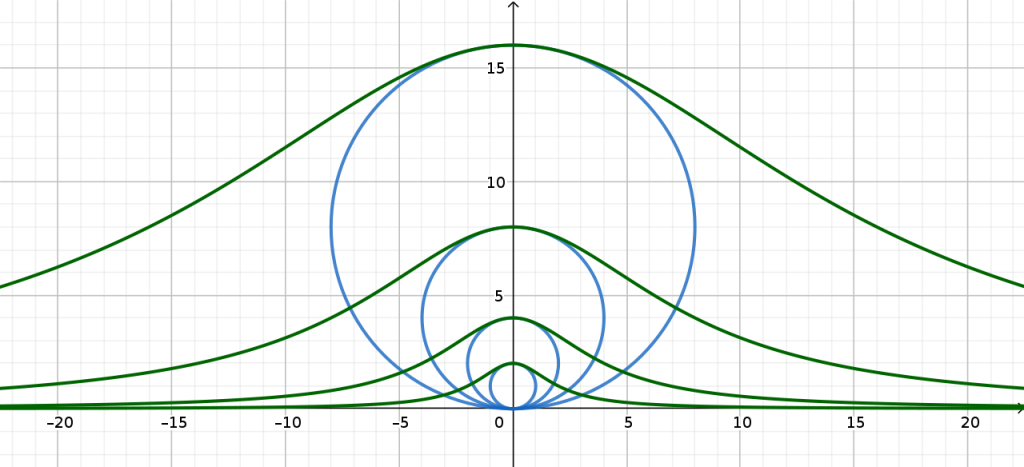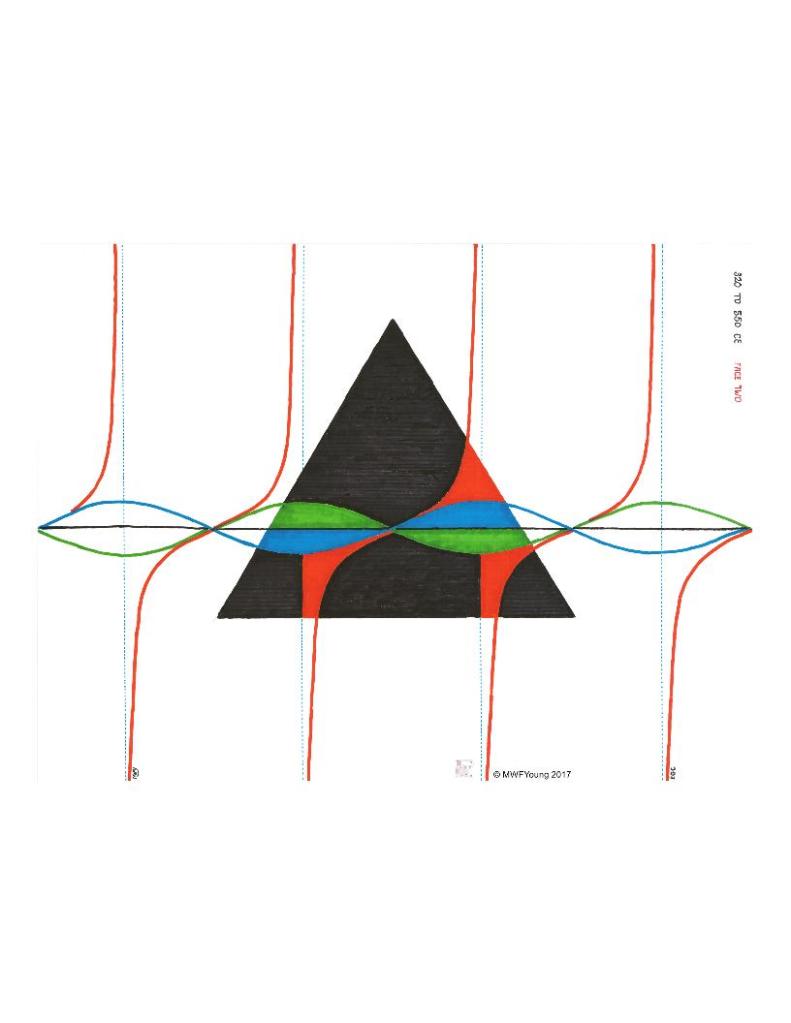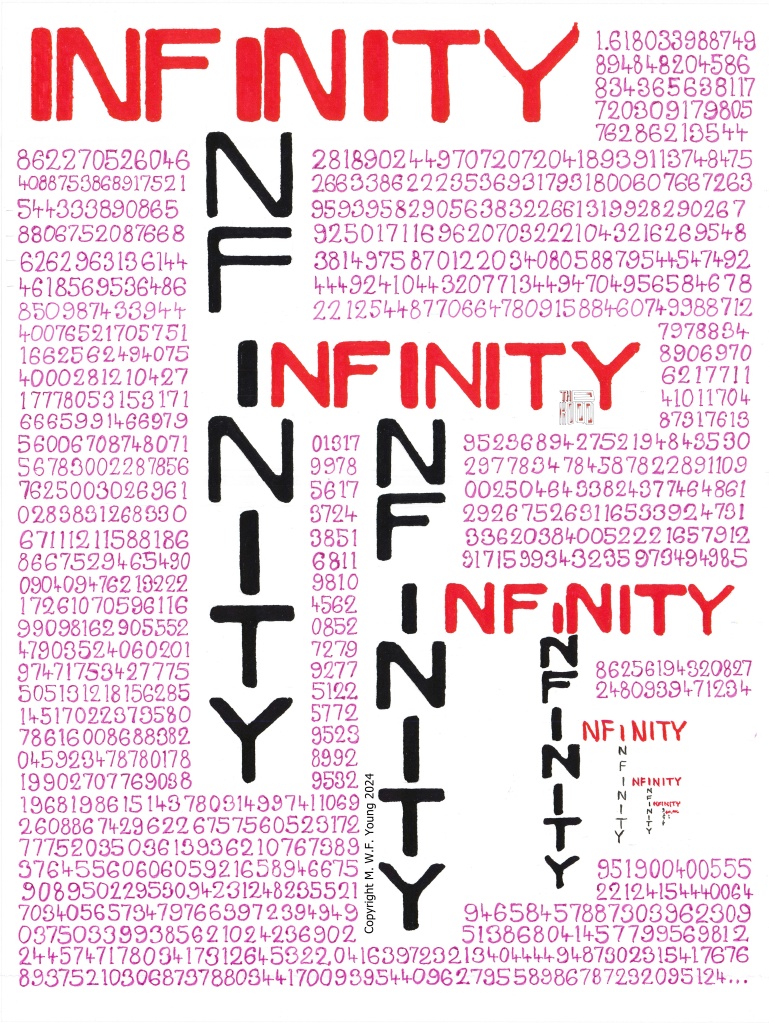
This is the twelfth in a series of posts exploring infinity, entities and ideas infinite, infinities larger than other infinities, infinity paradoxes, infinite perimeters, infinite regress and infinite sequences such as cyclic numbers.
In the previous post it was pointed out that an infinite string of nines to the right of the decimal (0.9999999 . . .) is equal to one but it was never proved. This post will start with a simple proof of that fact. Then there will be a demonstration of what an infinite string of nines to the LEFT of the decimal is equal to. The answer is ridiculous.
- Let k = 0.9999999 . . .
- 10k = 9.9999999 . . .
- 10k – k = 9
- 9k = 9
- k = 1 = 0.9999999 . . .
- Now, let . . . 999999.0 = m
- Equation 1: . . . 999999 = m
- Equation 2: . . . 9999990.0 = 10m
- (. . . 999999) – (. . . 9999990) = m – 10m
- 9 = -9m
- m = -1
- . . . 999999.0 = -1
To confirm this bizarre result, add 1 to m and if m is equal to -1 then adding 1 should give us zero. What is . . . 999999 plus 1 equal to? 9 +1 = 0, carry the 1 into the tens column, 1 +9 there equals 10 again, place the zero next to the first zero down below and carry the 1 into the hundreds column, 1 + 9 there equals 10 again, place another zero next to the two zeroes in the answer at the bottom and carry the 1 into the thousands column. Do this forever and you get an infinite string of zeroes. So, apparently, . . . 999999 = -1 . If we subtract 6 from each side, we get that . . . 999993 = -7, and if we subtract 40 we get that . . . 999959 = -41 and so on.
Now, consider what the following infinitely large number is equal to (this is a number consisting of an endlessly repeating chain of the six digits 857142, plus 1):
. . . 857142 857142 857143.0
What happens if you multiply this number by 7?
. . . 857142 857142 857143 x 7 = . . . 000000000000000001, i.e. simply 1
Therefore . . . 857142 857142 857143.0 = 1 / 7.
What do you suppose the infinitely large number . . . 666667 is equal to? If you multiply it by 3 you get 1, so . . . 666667 must equal 1 / 3.
What do you suppose . . . 888889 is equal to?
To find the negative of one of these numbers, you can either multiply it by -1 (which can be tricky), or you can find the number’s complement and add one to that complement. Two numbers are complements if they add up to nine. For example, the complement of 8 is 1, the complement of 4 is 5. The complement of . . . 857142857143 is . . . 142857142856. Adding 1 gives you . . . 142857142857 which theoretically equals – 1 / 7. How can we verify that? Since . . . 857142857143 equals 1 / 7 and . . . 142857142857 equals – 1 / 7, then if we add them together they should equal zero – and that’s exactly what does happen.

PIERRE DE FERMAT
By Unknown author – https://web.archive.org/web/20191028044928/http://www-groups.dcs.st-and.ac.uk/~history/PictDisplay/Fermat.html, Public Domain, https://commons.wikimedia.org/w/index.php?curid=36804
Andrew Wiles used a prime subset of numbers like these to solve Fermat’s Last Theorem, an infamous theorem which had gone unsolved for 358 years despite the fact that the greatest mathematicians of the last 358 years had attempted to prove it, all unsuccessfully. For more information on these numbers – https://www.youtube.com/watch?v=tRaq4aYPzCc&ab_channel=Veritasium
By the way, . . . 888888889 = 1 / 9 . To confirm this multiply the left side by 9 and see if you get 1.
PHILOSOPHICAL PERPLEXITIES ABOUT INFINITY
There are some Christian apologists who apparently are confused about what infinity is all about. A particularly prominent theist by the name of William Lane Craig gets infinity wrong in various ways in his defence of the Kalam Cosmological Argument for the existence of God. Similarly, the theist Alvin Plantinga’s defence of the Ontological Argument for the existence of God also rests on a misunderstanding of the nature of infinity.
William Lane Craig’s writings and speeches delve deeply into tensed and tenseless time, presentism and the nature of spacetime. He defends a neo-Lorentzian interpretation of Einstein’s Special Theory of Relativity, yet at the same time he is wrong about some basic mathematical concepts which I learned in high school. Craig also misses the point about Hilbert’s extraordinary Hotel Infinity (a topic dealt with in depth in the fourth post of this series of posts).
These philosophical treatments of infinity can become esoteric exercises in finitism and modal logic. I have gone into these matters in some detail at the end of this post if anyone is interested.
PREVIOUS POSTS
Post 1 – Infinity Everywhere – https://thekiddca.wordpress.com/2024/04/06/infinities-infinity-everywhere/
Post 2 – Snowflake Curve – https://thekiddca.wordpress.com/2024/04/13/infinities-2-theres-no-business-like-snow-business/
Post 3 – Ch’i Ch’iao T’u – https://thekiddca.wordpress.com/2024/04/20/infinities-3-infinitesimal-chi-chiao-tu/
Post 4 – Hotel Infinity – https://thekiddca.wordpress.com/2024/04/27/infinities-4-no-vacancies-but-rooms-still-available-at-hotel-infinity/
Post 5 – Pythagorean Infinity – https://thekiddca.wordpress.com/2024/05/04/infinities-5-pythagorean-infinity/
Post 6 – Rep-tiles 1 – https://thekiddca.wordpress.com/2024/05/12/infinities-6-welcome-to-the-rep-tile-house-part-1-of-5/
Post 7 – Rep-tiles 2 – https://thekiddca.wordpress.com/2024/05/18/infinities-7-welcome-to-the-rep-tile-house-part-2-of-5/
Post 8 – Rep-tiles 3 – https://thekiddca.wordpress.com/2024/05/25/infinities-8-welcome-to-the-rep-tile-house-part-3-of-5/
Post 9 – Rep-tiles 4 – https://thekiddca.wordpress.com/2024/06/01/infinities-9-welcome-to-the-rep-tile-house-part-4-of-5/
Post 10 – Rep-tiles 5 – https://thekiddca.wordpress.com/2024/06/08/infinities-10-welcome-to-the-rep-tile-house-part-5-of-5/
Post 11 – Cyclic Power –
– https://thekiddca.wordpress.com/2024/06/15/infinities-11-cyclic-power/
SOME PHILOSOPHICAL PERPLEXITIES – MORE DETAILS
William Lane Craig is very sure of himself and when experts in fields outside his area of expertise (e.g. Mathematics, Cosmology and Astrophysics) challenge him he doesn’t like it. He has said with some impatience that there could never be such a thing as the David Hilbert’s Hotel Infinity, missing Hilbert’s point completely. Hilbert came up with the idea of Hotel Infinity to demonstrate that one must be careful when dealing with the concept of infinity because if you’re not careful you end up with bizarre impossible entities like Hotel Infinity. Hotel Infinity has an infinite number of rooms, each one occupied, but if a new guest arrives that guest can be given a room of her own while all the remaining guests can still remain in rooms alone. A thousand new guests could also be accommodated. So could an infinite number of new guests. So could an infinite number of sets of infinite numbers of guests.
Cantor did pioneering work with transfinite numbers and someone properly schooled in Mathematics would be fine with Cantor’s work. However, some Christian apologists seem to be unable or unwilling to understand something established mathematically 140 years ago. I have also heard Christian apologists misrepresent how probability works (I have no cites so you can accept this observation or not).
William Lane Craig argues that the universe had a beginning, everything has a cause, and that the only cause for the universe that makes sense is the Christian God. This is known as the Kalam Cosmological Argument. The argument is based on Craig’s misunderstanding of the nature of infinity (as well as various unwarranted assumptions). At one point he refers to infinity as the limit of an infinite series. He doesn’t seem to comprehend that infinity is not a number, nor does he understand the difference between a converging and a diverging infinite series. High school math.
His arguments also involve tensed and tenseless time, presentism and the nature of spacetime. He believes that the universe has not existed for an infinite amount of time in the past. He is convinced that God led a timeless existence, then He created the universe which included everything, even time itself. He believes in what metaphysicists refer to as the A-theory of time, i.e. that there are tensed facts (e.g. “it is now dinner time”) which cannot be reduced to tenseless facts (e.g. “it is dinner time at six P.M. on June 22, 2024”). He seems to think of the present as an individual infinitesimal slice of existence sliding along (his phrase is “absolutely becoming”) between the past and the future. This is at odds with Einstein’s demonstration that there is no such thing as simultaneity.
Unfortunately empirical science little by little continues to undermine Craig’s assertions. He argues that one can never have something come into existence from nothing, a conclusion which has been proven wrong by the discovery of quantum fluctuations leading to sub-atomic particles popping in and out of existence. More recently the discoveries of gravitational waves is also at odds with Craig’s beliefs. In 2011 noted astrophysicist Lawrence Krauss went as far as to accuse Craig of “disingenuous distortions, simplifications, and outright lies”.
One of the people whose views William Lane Craig is enamoured of is a theist named Alvin Plantinga. In 1960 Plantinga vigorously defended something called The Ontological Argument for the existence of God. That particular argument was proposed by St. Anselm (1033 – 1109) almost a thousand years ago, and yet before the ink was dry on St. Anselm’s manuscript Gaunilo of Marmoutiers, a contemporary of St. Anselm, was able to show that it was flawed. The Ontological Argument was also rejected by Thomas Aquinas (1225 – 1274), David Hume (1711 – 1776) and Immanual Kant (1724 – 1804). Aquinas and Kant, may it be noted, were two of the six or seven greatest philosophers who ever lived (IMHO). More to the point, Plantinga’s arguments also rest on a misunderstanding of infinity.

ST. THOMAS AQUINAS
By Bartolomé Esteban Murillo – Own work Amuley, CC BY-SA 3.0, https://commons.wikimedia.org/w/index.php?curid=33176874
As Keith Backman demonstrated in 2016, Plantinga’s treatment of infinite magnitudes and maximal greatness in his ‘proof’ of the Ontological Argument are fallacious. Backman explains how both St. Anselm and Platinga “propose that attributes of infinite magnitude should be manipulated, augmented or aggregated so as to obtain an entity with a magnitude distinguishable from the infinitely great properties of its starting components” (to quote the summary on the back of the book). Plantinga’s argument rests on several fallacies. One of the fallacies involves an invalid treatment of characteristics involving implicitly infinite magnitude as if they possess a definite measure. Plantinga also groups disparate appreciations of God’s existential status (introduced as imaginary), but then treats as substantive for purposes of reasoned argument (for more details see Creating God From Nothing: Fallacy and Subterfuge in Ontological Arguments for the Existence of God, by Keith Backman, Bookstand Publishing, 2016, page 55).
Tread the terrain of the infinite with great care.
